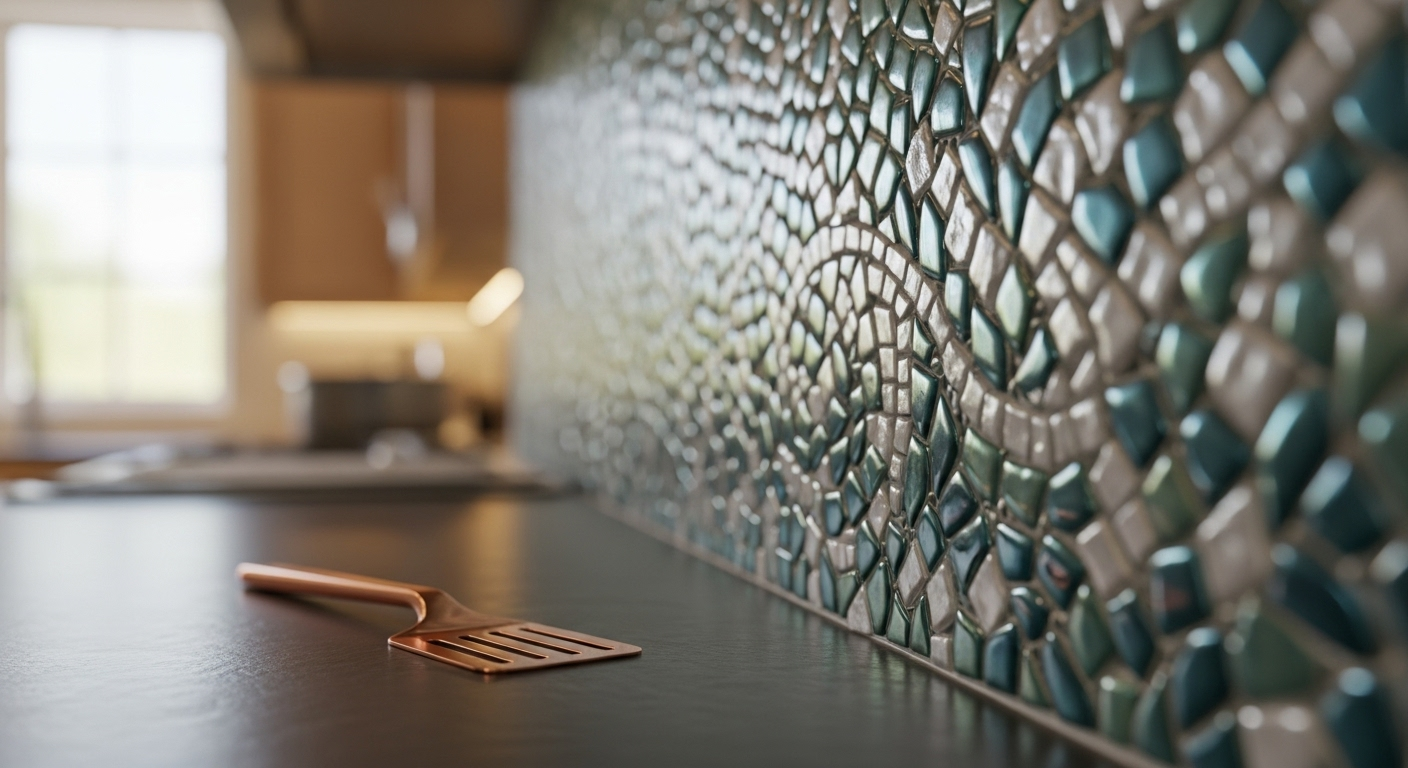Unveiling the Enigma of Mime: A Silent Art Form in a Noisy World
Introduction: In a world where noise is a constant companion, the silent art of mime stands as a unique and intriguing form of expression. This article delves into the history, current trends, and the profound impact of mime on the arts and entertainment industry.

A Silent Journey Through Time
Mime, a word derived from the Greek ‘mimos’ meaning ‘imitator’, is an ancient form of theatrical expression that relies on physical movement and facial expressions rather than words. Its roots can be traced back to the theatrical traditions of ancient Greece and Rome, where performers would enact stories without uttering a single word. Over the centuries, mime evolved, incorporating elements from various cultures and art forms, and eventually, it found a home in the heart of European theatre, particularly in France.
The Golden Era and the Modern Mime
The golden era of mime was arguably the 19th and 20th centuries, with artists like Étienne Decroux and Marcel Marceau bringing this silent art form to the global stage. Marceau, in particular, is credited with popularizing mime, his character ‘Bip’ becoming a symbol of this art form. Today, mime continues to evolve, with contemporary performers incorporating elements of dance, acrobatics, and even digital technology into their acts, pushing the boundaries of this silent art form.
Mime in the Age of Noise
In today’s fast-paced, noise-filled world, the silent art of mime offers a unique form of escapism. It challenges the audience to engage in a different way, to interpret the story being told through movement and expression rather than words. This has led to a resurgence of interest in mime, with performances drawing audiences in theatres, street performances, and even online platforms.
The Impact and Significance of Mime
Despite its silence, mime speaks volumes. It transcends language barriers, making it a truly universal form of expression. Moreover, it challenges our perception of communication, reminding us that words are not the only means of telling a story. In the realm of education, mime is used as a tool to enhance creativity and non-verbal communication skills. In therapy, it’s used as a form of expression for those who struggle with verbal communication.
The Future of Mime
The future of mime is as silent and as eloquent as its past. With the advent of digital technology, mime artists now have a global platform to showcase their talent. Virtual reality and augmented reality offer new avenues for this art form, allowing for immersive mime performances that could redefine the way we experience this silent art.
In conclusion, mime, with its rich history and evolving trends, continues to hold a unique place in the arts and entertainment industry. Its silent eloquence offers a respite in our noisy world, reminding us of the power of non-verbal communication. As we move forward, it’s clear that this silent art form has a lot to say.





